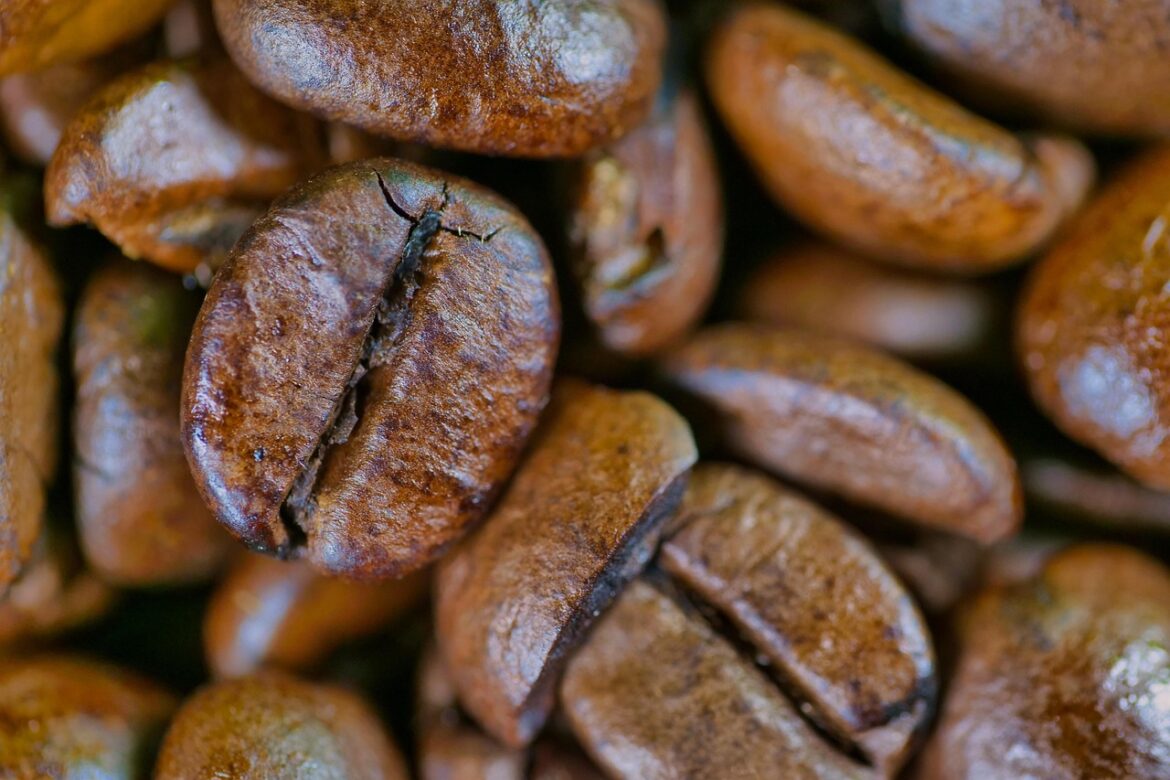Exploring the Vibrant World of Light Roast Coffee: A Dive into Distinct Flavor Profiles
Light roast coffee stands as a beacon for coffee enthusiasts looking to discover a broad spectrum of flavors that are often masked in darker roasts. Unlike medium or dark roasts, light roast coffee preserves the unique characteristics of the coffee bean, offering a milder body with vibrant and complex flavor notes. This article explores the nuances of light roast coffee, providing coffee lovers with insightful details about its distinct flavor profiles, brewing techniques, and health benefits.
Understanding Light Roast Coffee
Light roast coffee is typically roasted at a temperature between 350°F and 400°F. This level of roasting is often stopped at the first crack – a popping sound made by the beans when they expand from heat. The short roasting period allows the beans to maintain much of their original flavor, reflecting the soil, climate, and altitude of their regional origin.
Key identifying features of light roast coffee include a light brown color, no oils on the surface of the beans, and a pronounced acidity. These characteristics make light roast coffee a preferred choice for those wishing to experience the authentic essence of the coffee bean.
Flavor Profile of Light Roast Coffee
Light roast coffee is celebrated for its complex and varied flavor profile. Typical tasting notes include:
- Bright Acidity: Often described as crisp and vibrant, this quality enhances the overall liveliness of the coffee.
- Fruity Undertones: Many light roasts exhibit subtle to prominent flavors of berries, citrus, or dried fruits, derived from the bean’s natural sugars and acids.
- Floral Aromas: Delicate floral notes such as jasmine, lavender, or hibiscus can often be detected in the aroma and taste of light roast coffee.
- Nutty and Herbaceous: Some light roasts may offer hints of nuts or fresh herbs, adding to the complexity of the coffee’s flavor profile.
The wide variety of flavors makes light roast coffee particularly appealing to those who enjoy exploring subtle and layered tastes in their cup.
Optimal Brewing Techniques for Light Roast Coffee
To fully capture the essence of light roast coffee, choosing the right brewing method is crucial. Here are some techniques that can enhance your brewing experience:
- Pour Over: This method allows precise control over water temperature and pour speed, which is ideal for extracting the full range of flavors from light roast beans.
- Aeropress: Known for its versatility, the Aeropress can make both espresso-like and traditional coffee styles, which is excellent for lighter roasts.
- Siphon Coffee: This visually intriguing method uses vapor pressure and vacuum to brew coffee, resulting in a clean and flavorful cup that highlights light roast characteristics.
Each of these methods maintains a slightly lower water temperature, preventing the delicate flavors of light roast coffee from being overshadowed by excessive bitterness.
Health Benefits of Light Roast Coffee
Light roast coffee is not only flavorful but also packed with health benefits, making it a superior choice for health-conscious individuals. It contains higher levels of chlorogenic acid compared to darker roasts, which has been associated with several health benefits such as weight loss, reduced inflammation, and lowered risk of chronic disease. Furthermore, because light roasts undergo minimal processing, they retain more antioxidants and vitamins that can contribute to overall health.
Common Questions About Light Roast Coffee
Is Light Roast Coffee Stronger Than Dark Roast?
While it might have a milder body, light roast coffee actually retains more caffeine than dark roast because the longer roasting process reduces the bean’s caffeine content.
Does Light Roast Coffee Have More Acid?
Yes, light roast coffee tends to have higher acidity, which is perceived as brightness or sharpness in flavor, not to be confused with actual acidity levels in the stomach.
Can You Use Light Roast Coffee for Espresso?
Yes, light roast coffee can be used for espresso. It produces a lighter, more nuanced espresso shot with complex flavors, which can be quite refreshing compared to the typical bold espresso made from darker roasts.
Conclusion
Light roast coffee offers an exciting world of flavors for those willing to explore its nuanced and subtle character. From its bright acidity to its diverse flavor notes of fruits and flowers, light roast coffee is a delightful departure from the more common and robust darker roasts. By understanding the distinct characteristics of light roast beans and utilizing appropriate brewing methods, coffee enthusiasts can enhance their coffee experience, enjoying each cup with a newfound appreciation for the art of coffee roasting and brewing.
Embrace the vibrancy of light roast coffee and let it transform your daily coffee ritual into an exhilarating journey of taste and aroma.


